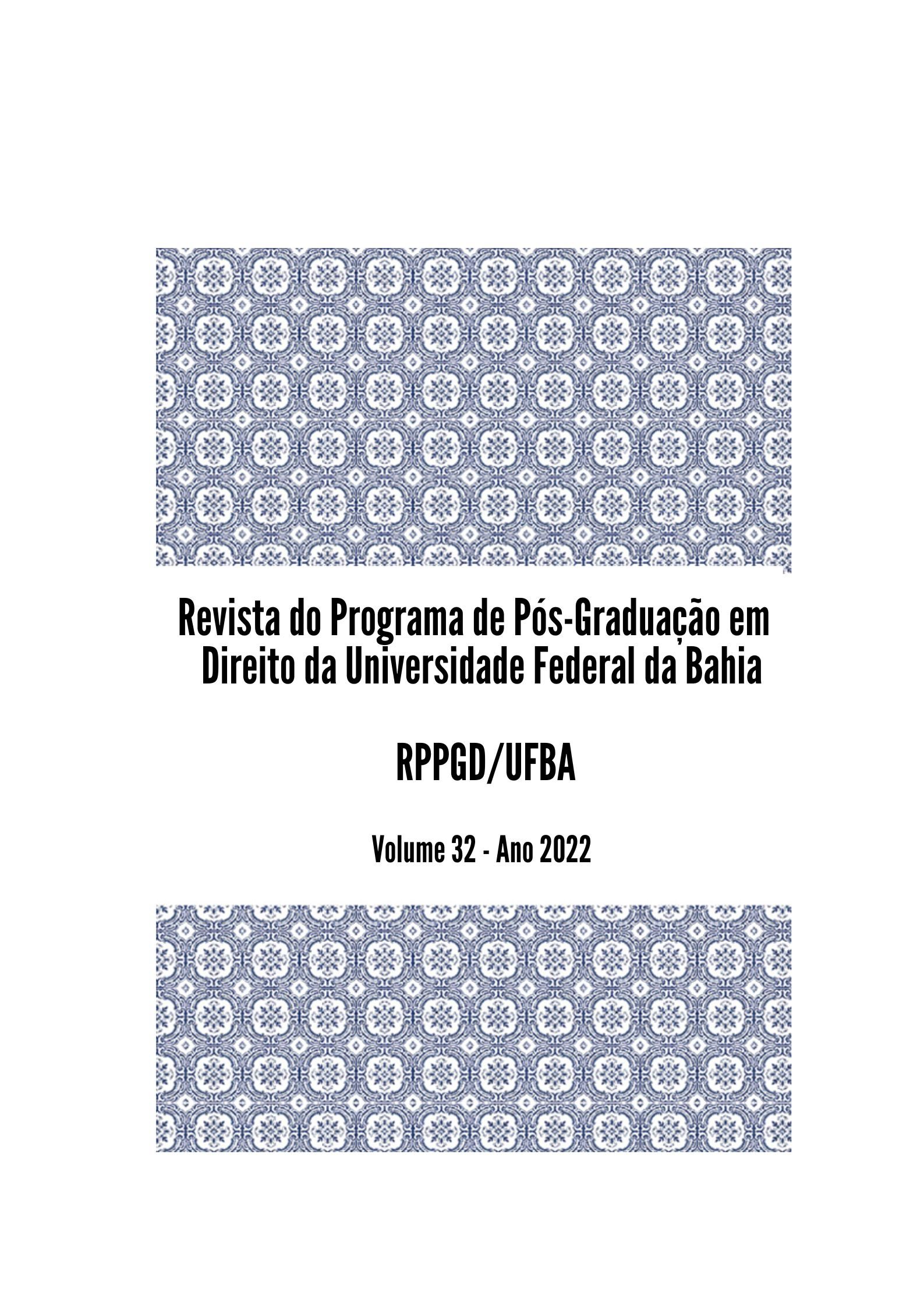THE THE FEMALE DIMENSION OF POVERTY
THE GENDER APPROACH TO ECONOMIC AND FINANCIAL VULNERABILITY IN BRAZIL FROM THE PERSPECTIVE OF SINGLE PARENT FAMILIES.
DOI:
https://doi.org/10.9771/rppgd.v32i0.50769Keywords:
Desigualdade de gênero, Papel social, Miserabilidade, Vulnerabilidade femininaAbstract
In view of social inequality in Brazil, the following research focuses especially on the focus on poverty associated with gender issues, that is, on the – supposed – female face of poverty. That is: the issue of economic-financial misery is investigated as another possible layer of female vulnerability. Through the exploratory method by the bibliographic review, associating both qualitative and quantitative research - to meet the demands of subjective and objective analysis - it is intended to hypothesize that gender inequality negatively affects women also at the level of scarcity of resources. Women would have their independence curtailed in this sense, both in terms of their earning possibilities and in the management of their resources. The dedication to a more detailed study of this layer of vulnerability of women, through multidisciplinarity, will provide a new look at female inequality, while demonstrating the plurality of ways that the sexist structure rooted in society is capable of affect its victims. In this way, a more robust basis in the academic sense is envisaged for the development of public policies aimed at combating poverty and also gender inequality. The result obtained for the contribution confirms that poverty has a female face, mainly because it is linked to single parenthood, which is mostly exercised by women. As a consequence of the imposition of the social role in relation to the care function specially designed for them, there are inevitable implications – or rather – financial losses.
Downloads
Downloads
Published
How to Cite
Issue
Section
License
Copyright (c) 2022 Revista do Programa de Pós-Graduação em Direito

This work is licensed under a Creative Commons Attribution-NonCommercial-NoDerivatives 4.0 International License.
1. Autores mantém os direitos autorais e concedem à revista o direito de primeira publicação, com o trabalho simultaneamente licenciado sob a Licença Creative Commons Atribuição 4.0 Internacional que permite o compartilhamentodo trabalho com reconhecimento da autoria e publicação inicial nesta revista.
2. Autores têm autorização para assumir contratos adicionais separadamente, para distribuição não-exclusiva da versão do trabalho publicada nesta revista (ex.: publicar em repositório institucional ou como capítulo de livro), com reconhecimento de autoria e publicação inicial nesta revista.
3. Autores têm permissão e são estimulados a publicar e distribuir seu trabalho online (ex.: em repositórios institucionais ou na sua página pessoal) a qualquer ponto antes ou durante o processo editorial, já que isso pode gerar alterações produtivas, bem como aumentar o impacto e a citação do trabalho publicado

